opening hours
Monday closed
Tuesday to Sunday 11 am – 7 pm
Monday 8 December 11 am > 7 pm
Wednesday 24 December 11 am > 4:30 pm
Thursday 25 December closed
Wednesday 31 December 11 am > 4:30 pm
Thursday 1 January 11 am > 7 pm
Monday 5 January 11 am > 7 pm
Tusday 6 January 11 am > 7 pm
- full price € 15 at the box office - € 14 online
- reduced price € 12 at the box office - € 11 online
– for young people aged between 18 and 25 (not yet turned 25);
– for groups of 15 people or more;
– La Galleria Nazionale, Museo Ebraico di Roma ticket holders;
– upon presentation of ID card or badge: Accademia Costume & Moda, Accademia Fotografica, Biblioteche di Roma, Centro Sperimentale di Cinematografia, Enel (for badge holder and accompanying person), FAI Fondo Ambiente Italiano, Feltrinelli, Gruppo FS, IN/ARCH Istituto Nazionale di Architettura, Sapienza Università di Roma, LAZIOcrea, Palazzo delle Esposizioni, Amici di Palazzo Strozzi, Accademia Nazionale di Santa Cecilia, Scuola Internazionale di Comics, Teatro Olimpico, Teatro dell’Opera di Roma, Teatro di Roma, Università degli Studi di Roma Tor Vergata, Youthcard; - open € 18
valid for one year from the date of purchase
- free
– minors under 18 years of age;
– myMAXXI cardholders;
– on your birthday presenting an identity document;
– upon presentation of EU Disability Card holders and or accompanying letter from hosting association/institution for: people with disabilities and accompanying person, people on the autistic spectrum and accompanying person, deaf people, people with cognitive disabilities and complex communication needs and their caregivers, people with serious illnesses and their caregivers, guests of first aid and anti-violence centres and accompanying operators, residents of therapeutic communities and accompanying operators;
– MiC employees;
– journalists who can prove their business activity;
– European Union tour guides and tour guides, licensed (ref. Circular n.20/2016 DG-Museums);
– 1 teacher for every 10 students;
– AMACI members;
– CIMAM International Committee for Museums and Collections of Modern Art members;
– ICOM members;
– from Tuesday to Friday (excluding holidays) European Union students and university researchers in art history and architecture, public fine arts academies (AFAM registered) students and Temple University Rome Campus students;
– IED Istituto Europeo di Design professors, NABA Nuova Accademia di Belle Arti professors, RUFA Rome University of Fine Arts professors;
– upon presentation of ID card or badge: Collezione Peggy Guggenheim a Venezia, Castello di Rivoli Museo d’Arte Contemporanea, Sotheby’s Preferred, MEP – Maison Européenne de la Photographie;
Robert Wilson. Mother
- ticket € 5
it is mandatory to arrive at the infopoint 15 minutes before the start time indicated on the ticket
- Mother + Museum ticket € 17
it is mandatory to arrive at the infopoint 15 minutes before the start time indicated on the ticket
Collection
MAXXI’s Collection of Art and Architecture represents the founding element of the museum and defines its identity. Since October 2015, it has been on display with different arrangements of works.


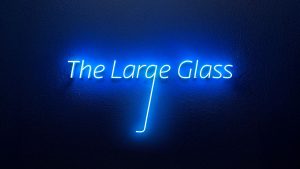
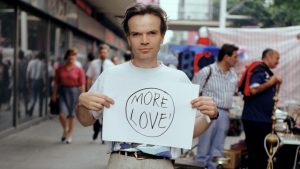
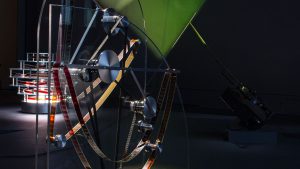

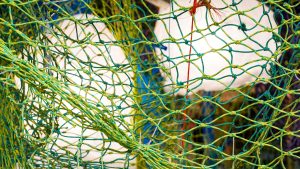
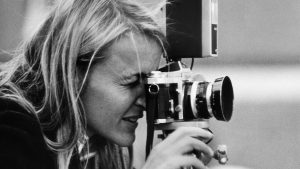

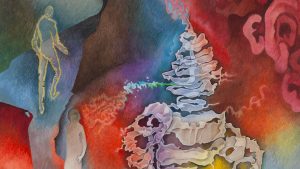
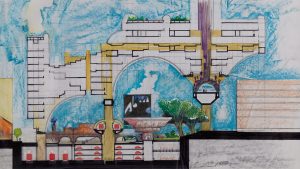
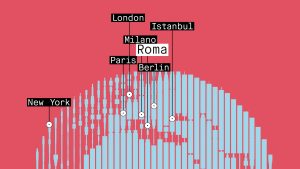

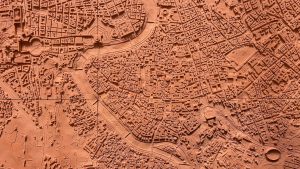

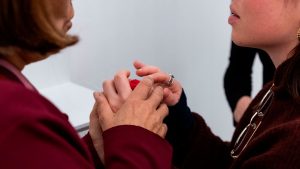
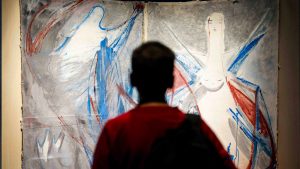
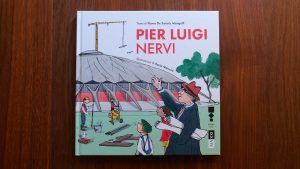
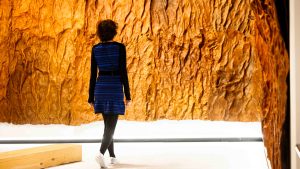
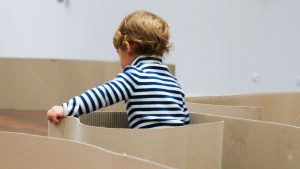
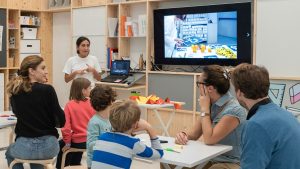

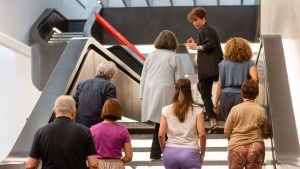
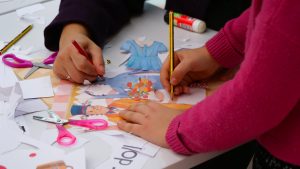

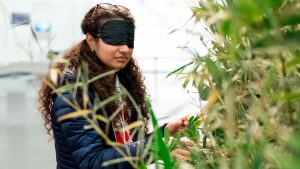
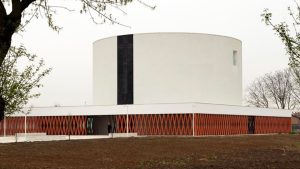

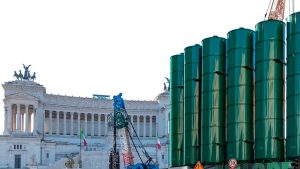

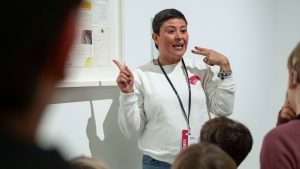
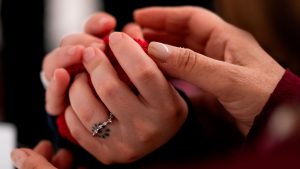


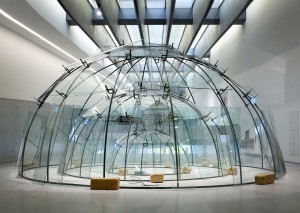
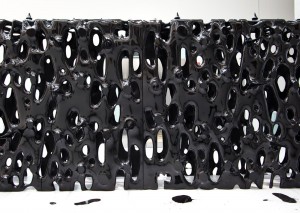
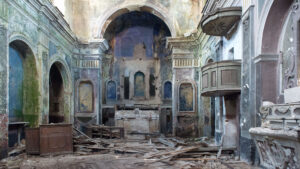


29 July – 25 September 2011 extended until 8 January 2012
MAXXI Architettura Archives Centre Study Room
curated by Ilaria Abbondandolo – CISA Andrea Palladio
Carlo Scarpa and the form of words is the first exhibition devoted to the graphic works of Carlo Scarpa 1906-1978), and in particular to his drawing of characters and the layout of words in the architecture and the printed works by the great master.
The works on show are drawn from throughout Scarpa’s professional career and demonstrate how all the forms of architecture that he tackled also saw him working on typeface designs. Moreover, Scarpa also worked on the design of “paper” products – accompanying materials for exhibitions, publications and printed matter of various kinds – making his debut with the design for the cover of an art magazine (1945) that is today being presented to the public for the first time. Among the exhibition’s novelties is the rediscovery of the Rizzo monument, one of Scarpa’s first “archi-script” projects that has now come to light again thanks to the generosity of one of Scarpa’s trusted craftsmen.
Most of the works come from the MAXXI Architecture collections and public and private collections from the Veneto region. In total there are 63 original works, most of them previously unseen, posters, sketches and proofs for promotional material for exhibitions: prototypes in metal and wood, the art magazine and a famous German collection of alphabets belonging to the architect on which he noted his favourite forms of writing before trying them out in his “inventions”. Video reconstructions of certain sequences of drawings allow us to step into the architect’s shoes and experience his creative process as if we had his pencil in our hand.
The initials CS, chosen as the icon of the exhibition, are the fruit of an original reading and rewriting of the alphabets of Carlo Scarpa: a tribute to the architect drawn, constructed in concrete and then photographed for the occasion by Francesca Palladini and Lucia Pasqualin.